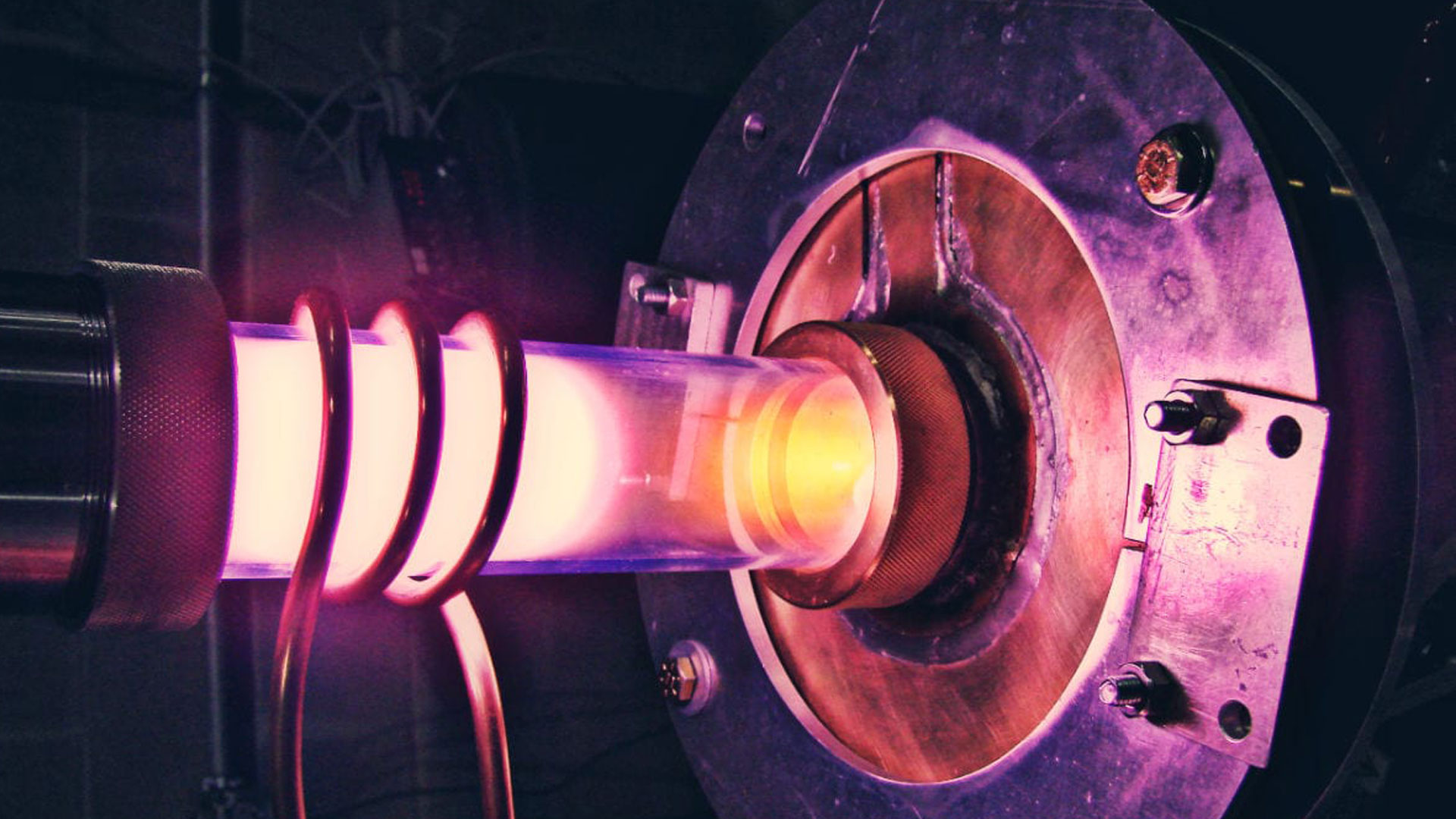As with the images of the rotary phone, these fuel injectors depict the differences between high and low energy X-ray images as well as neutron imaging. The image taken with 100 kV X-rays misses important details regarding the fuel injectors’ structures because the X-rays cannot easily penetrate the dense outer layers of material. However, the image taken with 190 kV X-rays also misses important details because while the X-rays can pass more easily through the denser material, they also pass too easily through the lighter material as well. Neutron imaging, on the other hand, offers more detail than either of the X-ray radiography images on their own.
In particular, two of the fuel injectors have been clogged with contaminants (we used ketchup, butter, and mustard), which show up as white blockages in the plugs in the neutron image and do not show up at all in the X-ray images. This shows the value of neutron radiography and tomography in rooting out defective parts and other non-destructive testing applications!











































